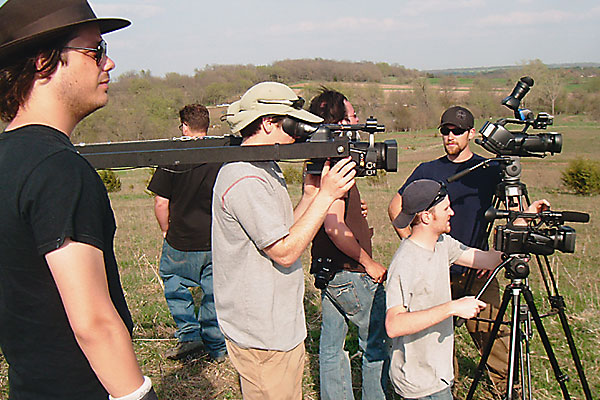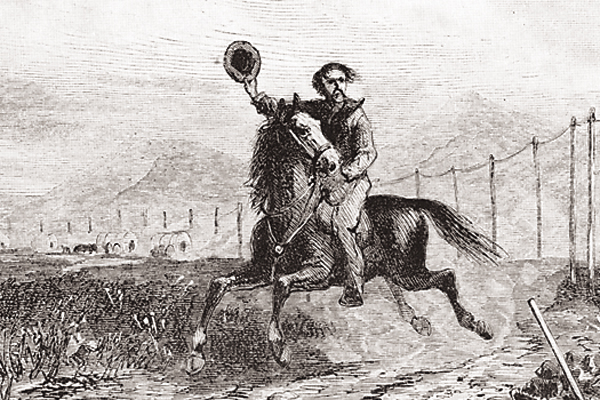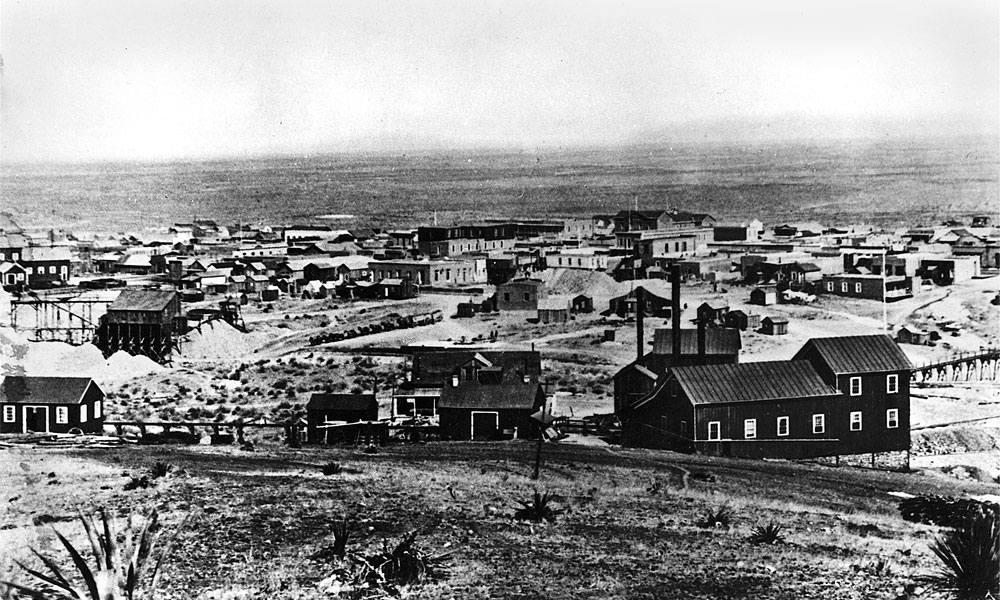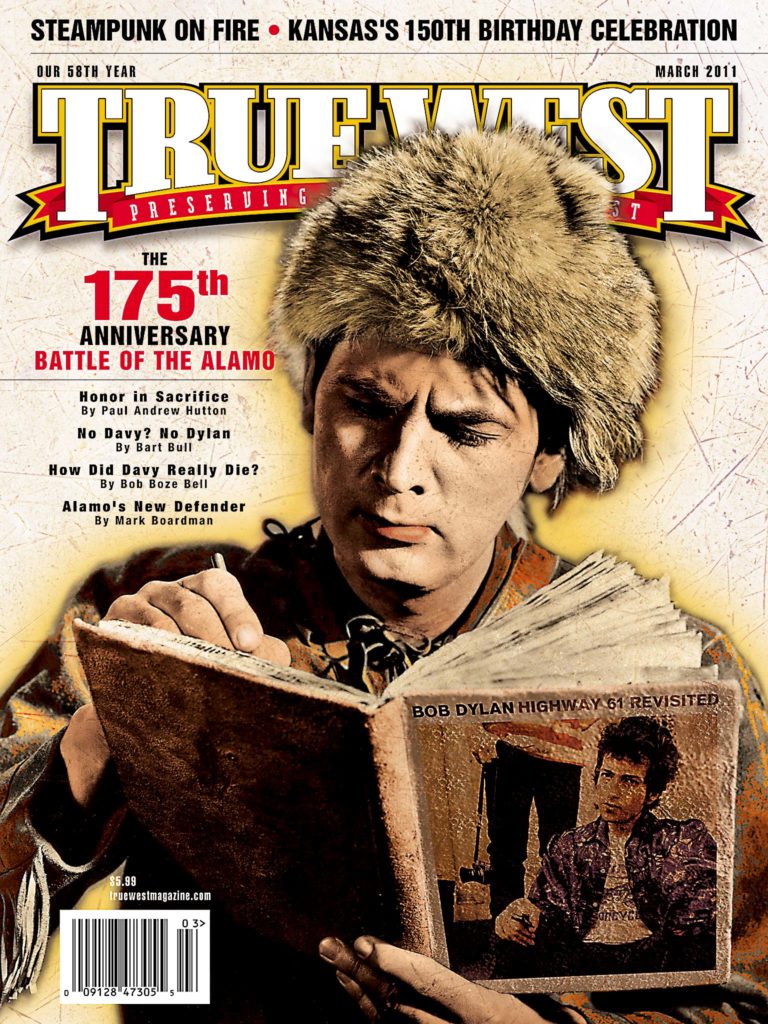
You wouldn’t think that movie director Peter Bogdanovich and rock star Tom Petty would inspire a documentary film on the Pony Express of the 1860s, but that’s exactly how this story begins.
It turns out Bogdanovich is a fan of classic Western movies. During 2007, he screened them at night when everyone relaxed after a day of working on his film about Tom Petty and the Heartbreakers.
C.J. LongHammer was among the crew working on that documentary, and he found himself mesmerized. “What hasn’t been done in this classic American genre?” he asked himself.
He lit on the Pony Express: “Everyone has heard of the Pony Express, but few know anything about it,” the Los Angeles resident tells True West. “I fell in love with the Pony Express and came up with the idea for a film.”
LongHammer wrote and directed a short film called Last Letter to Kennekuk, which was about a female disguising herself so she could be a Pony Express rider. Someone saw it, liked it and suggested he could do so much more with the idea.
That was December 2009. Realizing the 150th anniversary of the Pony Express would be celebrated through 2010 and into 2011, he thought the timing to share this story on film was perfect. “I thought, ‘I bet if we go to St. Joseph, Missouri, we’ll bump into people who know something about this,’” he says. “I’d never been to the Midwest, but I went to Missouri and walked in cold to the Pony Express stables.”
Few projects have begun with so much naivete, but the 27-year-old LongHammer was so enthusiastic that the people of St. Joseph—as well as the annual re-riders of the National Pony Express Association and members of the Oregon-California Trail Association—took him under their wings.
LongHammer had just $7,000 in his pocket—what most production companies would consider pocket change—and originally thought he’d film the three-day celebration in April 2010 that marked the actual anniversary. He laughs now at his narrow thinking. He went on to film the annual re-ride over the entire route of the Pony Express National Historic Trail from California through Nevada, Utah, Wyoming, Nebraska, Colorado, Kansas and Missouri.
Sometimes he’d run the camera and conduct the interviews at the same time, and other times he had help along to allow him more flexibility. In these talks, LongHammer came to realize why the Pony Express means so much to American history. “If you ask most people how long the Pony Express was around, they’ll guess a couple decades, and they’re shocked to learn it was just 18 months,” he says, “but in that short time, those riders made their mark on history.”
At the height of its run—from April 1860 to October 1861—the Pony Express had 190 riders, 420 horses and 400 stations along its route. Riders could transport a letter from the East Coast to the West Coast in 10 days—compared to the ship route that took a month. But riders even bested that time when they flew over the trail to deliver President Abraham Lincoln’s Inaugural Address—covering the 1,966 miles in just seven days and 17 hours. “The Pony Express was the first fed-ex,” LongHammer says.
He finds the story of its creators just as intriguing: “The guys behind this—William Russell, Alexander Majors and William Waddell—created everything in just three months: all the stations, all the horses, all the riders. And they did it without cell phones or e-mails. Imagine what those guys could have done with a Blackberry.”
In the end, he realized he wasn’t just telling a story of skinny young men riding like hell to carry a mail pouch across the country. “The Pony Express really does represent the best of American culture—ingenuity, passion, bravery,”?he says.
LongHammer’s money ran out long before shooting ended, but his new friends helped him continue. “When the people of St. Joseph saw I was serious, they said ‘We’ll help you.’ They helped fund raise and fed us and put us up—they’ve been the stewards of their own history, and they’re proud of it. When we all sat at the table, we realized we loved the same thing, and that created a beautiful friendship.”
By the end of summer, LongHammer had about 200 hours of high-definition footage about the Pony Express.
When the National Park Service found out about his documentary, it awarded him a “challenge” grant—if he could raise $20,000, they’d match it. “It came at the 11th hour,” he says. “It meant a lot to know we actually have a government endorsement and people believe in us.”
By the fall of 2010, LongHammer was back in Los Angeles, editing the enormous footage down to an hour-and-a-half documentary. The film will be ready to screen this spring. “This film has a lot of love but also a lot to teach,” he says. “This documentary has made me and everyone in our crew more involved in our country’s history.”
Visit PonyExpressDoc.com to find out more about the documentary.






